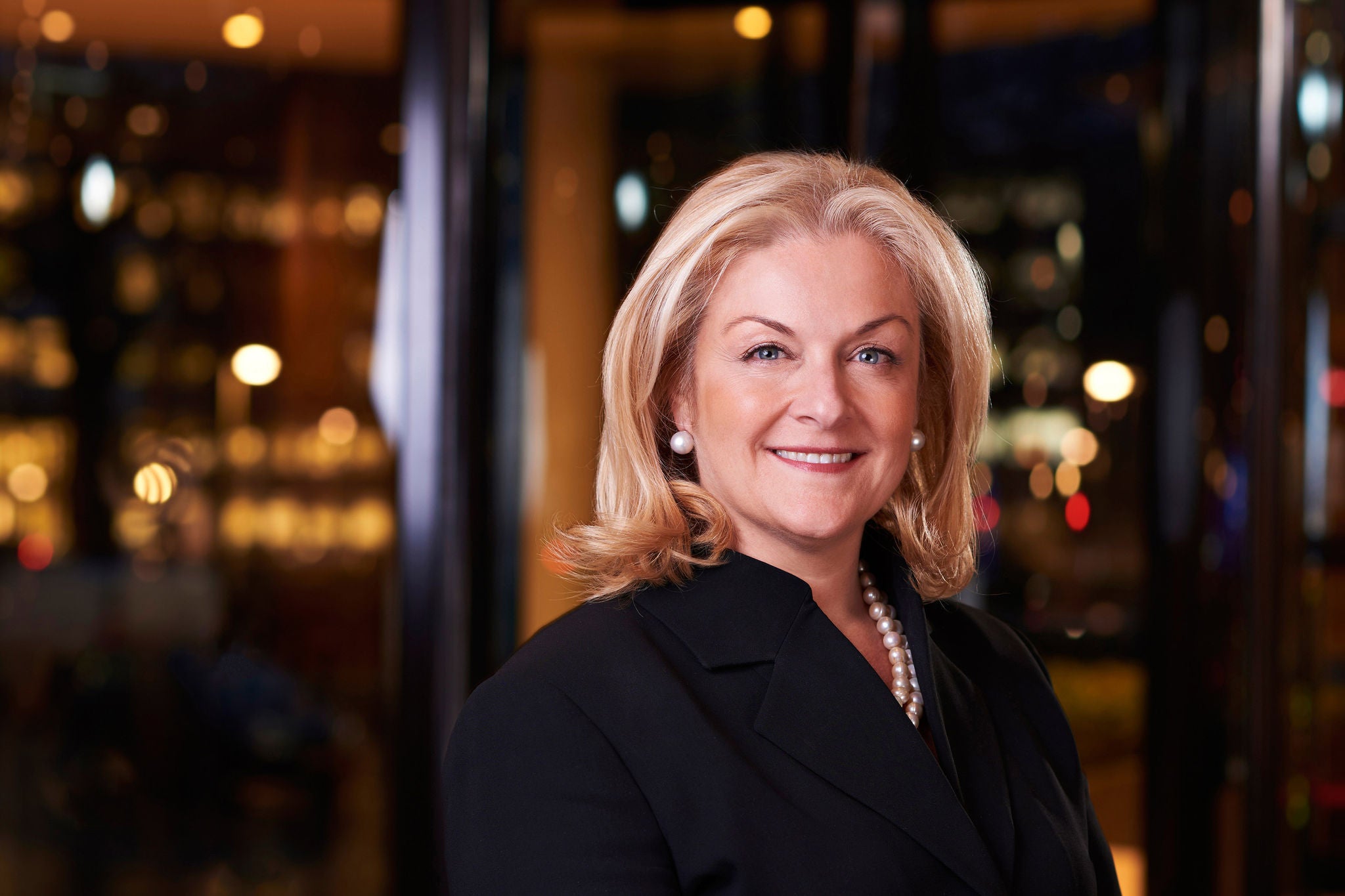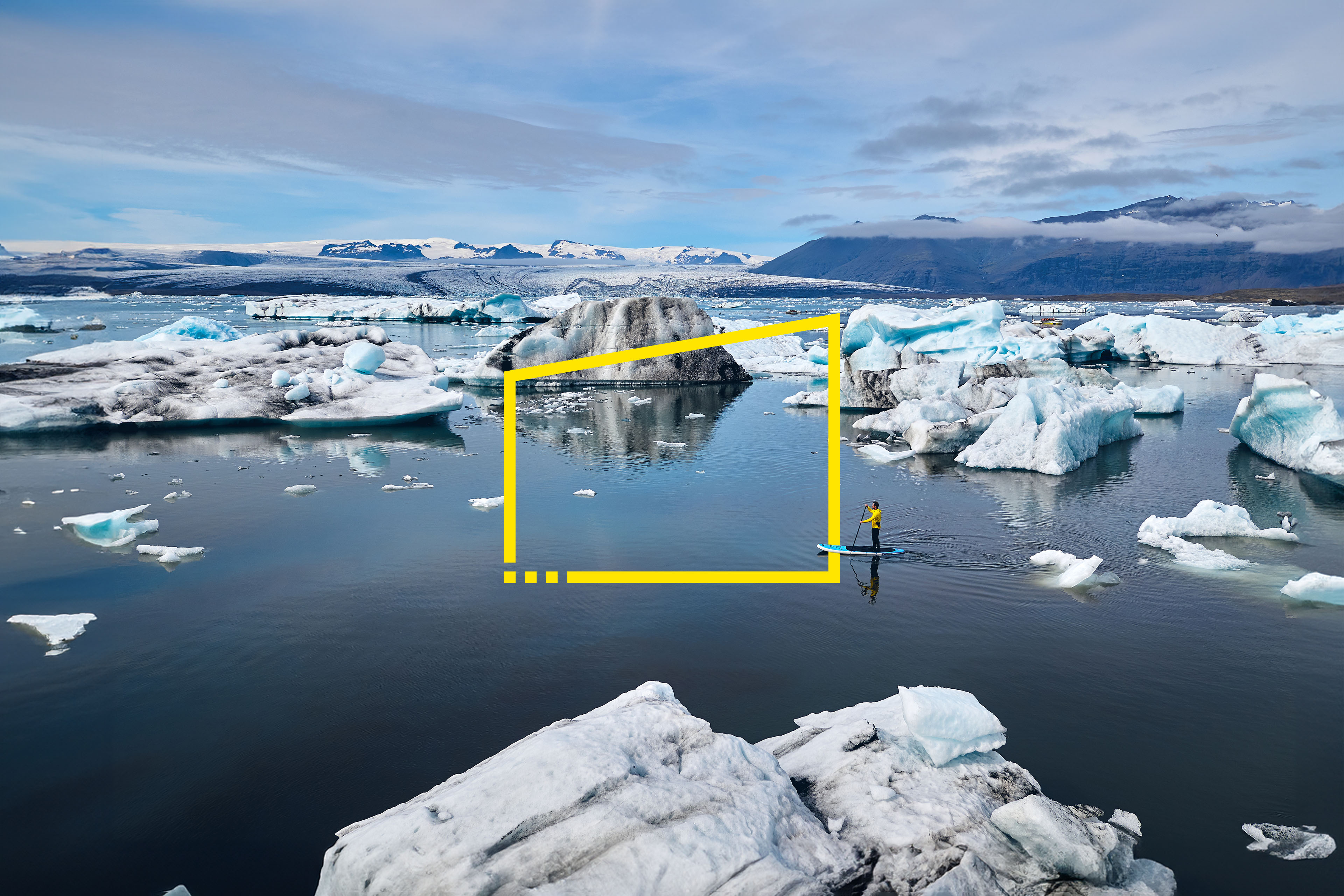EY refers to the global organization, and may refer to one or more, of the member firms of Ernst & Young Global Limited, each of which is a separate legal entity. Ernst & Young Global Limited, a UK company limited by guarantee, does not provide services to clients.

“Karyn TwaroniteWhen organizations build a culture that values all dimensions of diversity – one that provides equitable opportunities for people to grow, learn and advance – it creates an environment where everyone thrives and where people can experience a true sense of belonging.
Bring us your open mind so we can open doors
At EY, you’ll find a diverse and inclusive culture, where you're embraced and respected for who you are. We want you to feel like you belong here because your uniqueness helps us to stand apart.
We believe we can solve the toughest challenges together by valuing our differences and teaming inclusively to build safety and trust. Diverse viewpoints are the catalysts that lead to better questions and better answers. That’s when creative ideas flow, igniting innovation and inspiring more effective solutions.
We welcome all people, no matter who they are or what their background. Each of us is different, and we value and respect all EY people.
A diverse and inclusive culture. It’s yours to build.
When people feel valued for their many differences, they feel a part of something greater; they feel like they belong. This can have a powerful effect on performance. When we feel we belong, we feel more confident, competent and secure, able to be ourselves and offer differing viewpoints safe in the knowledge that they will be heard and that they matter. We feel less stressed and more motivated and engaged, more likely to come up with inspired contributions. We feel like trusted insiders.
We want all EY people to experience that feeling of belonging, yet the increasing diversity of EY teams can also make it harder to feel like you belong. By building truly inclusive teams, we can grow that sense of belonging for all team members and create a virtuous cycle: the more you feel you belong, the more you will behave inclusively.
We each have multiple aspects of our identity, many of which may not be visible to others. How much we share differs from person to person depending on factors such as personality and culture, but also on how safe we feel. By being open and showing we care we help to build trust, allowing you to reveal more of who you are to inspire fuller and better contributions.
We foster high-performing teams by having a shared vision, by engaging each member in discussions and decisions, by supporting each other professionally and personally, by investing in each other's success and by making everyone feel they belong.
We are committed to creating long-term value for our clients and living our purpose of building a better working world. Read more about Diversity, Equity and Inclusiveness at EY.
We're over 365,000 different perspectives
We know that diverse and inclusive teams make the working world better. By drawing on different perspectives and exchanging ideas freely across borders, we stimulate innovation, foster collaboration and deepen relationships. This increases organisational agility and strengthens resilience to disruption. It drives better decision-making and, ultimately, growth.
We are committed to creating an environment where everyone feels valued. Our focus on diversity and inclusiveness is integral to how we serve clients, develop EY people and play a leadership role in communities around the world. Working with us, you’ll be encouraged to embrace diversity in all its forms. You’ll have the chance to work in global teams comprised of diverse talents and experiences that combine to produce smarter and better services. Allied with inspiring and rewarding opportunities to work across borders and cultures, you’ll be able to embrace and learn from many different viewpoints.
We are strongly committed to equal opportunity and are embedding D&I in all processes, from recruitment to assignments, from career management to recognition.
How is the pay gap calculated?
The gender pay gap can be assessed in two ways; gender pay gap (equality) and gender pay parity (equity).
The gender pay gap compares the median remuneration of men and the median remuneration of women in a group. It draws attention to broader societal factors contributing to pay gaps – things like time out of the workforce with carer responsibilities, low representation in higher-paying fields. It looks at the difference in median earnings for men and women across all roles. In this regard, it is a big picture view.
When we do our internal reporting at EY, we measure gaps in pay parity – ensuring that men and women in like-for-like roles receive the same salaries. Our remuneration strategy is supported by third-party salary band benchmarking. The gender pay gap tells us to continue to focus on representation in leadership and commercial growth areas and ensure that policies such as the recent updates in family leave encourage greater gender equality. Our gender pay gap - 7.3% and we are working hard to lower it and our pay parity - 1.1%.
A variety of professional networks such as Unity (LGBTI+ network), Māori employee network, Women's Network and Ability provide a supportive community and build awareness of diverse attributes to promote inclusiveness.


